Litopia Writers’ Reading List 2024

Peter Cox, founder of Litopia
I asked our members a simple question.
Which books have had the most profound impact on your development as a writer?
Here’s what they told me. A glorious cornucopia of more than forty definitive titles that ought to be on your reading list.
And note: if you buy them all (why not?) it will still be cheaper than taking one average-priced commercial writing course.
We’ve all enjoyed putting this list together, and we hope you get as much out of it as we have.
Peter Cox
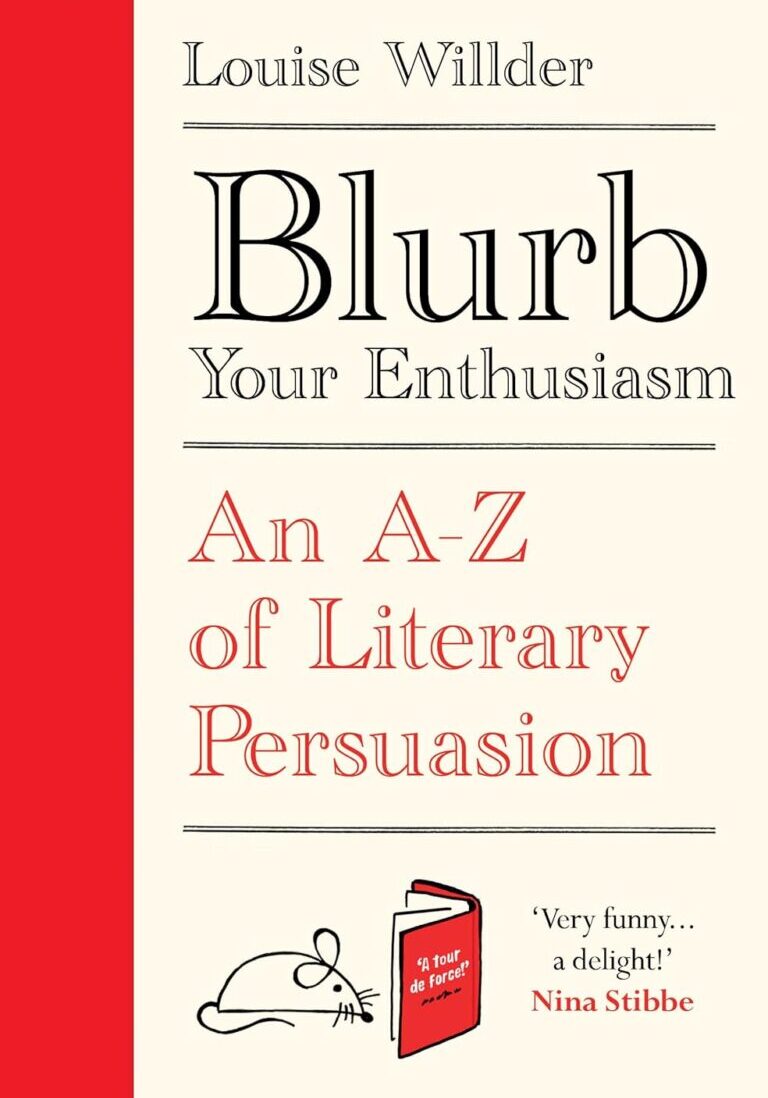
Blurb Your Enthusiasm: An A To Z Of Literary Persuasion by Louise Willder
Our Summary
How different blurbs work in different genres from an insider in the business (Willder is a Penguin books blurb writer). Lots of great examples in each genre in terms of what does and doesn't work and why. Willder argues every word matters in a blurb, and so each has to count. Thus, she offers ways to do this.
What I learned From It
How to write a successful blurb from an experienced blurb writer. That is, what will appeal to readers in different genres and why. Use of specific words and phrases that attract readers. The multitude of different examples proved helpful as comparisons to craft your own blurb. As the book is written with humour, it's easy to read. You can also flick to different sections as per the genre you're working in, but I'd recommend you read the whole books to get the full picture.
Rachael Burnett
[maxbutton id="1" url="https://amzn.to/3RczNiw" ]
[maxbutton id="2" url="https://amzn.to/3RbgTZh" ]
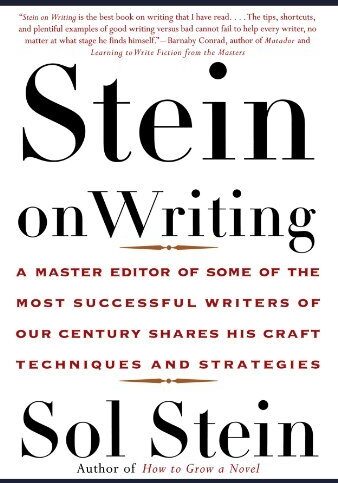
Stein On Writing by Sol Stein
Our Summary
With examples from bestsellers as well as from students' drafts, Stein offers detailed sections on characterization, dialogue, pacing, flashbacks, trimming away flabby wording, the so-called "triage" method of revision, using the techniques of fiction to enliven nonfiction, and more.
What I learned From It
I got this in audio and it is like being called into the editors office and being told what goes, what stays. He talks about good writing, higher writing, yes. But always making it clear that you gotta get bums on seats,
Pamela Jo
[maxbutton id="1" url="https://amzn.to/3QQ9A87" ]
[maxbutton id="2" url="https://amzn.to/3sELfu3" ]
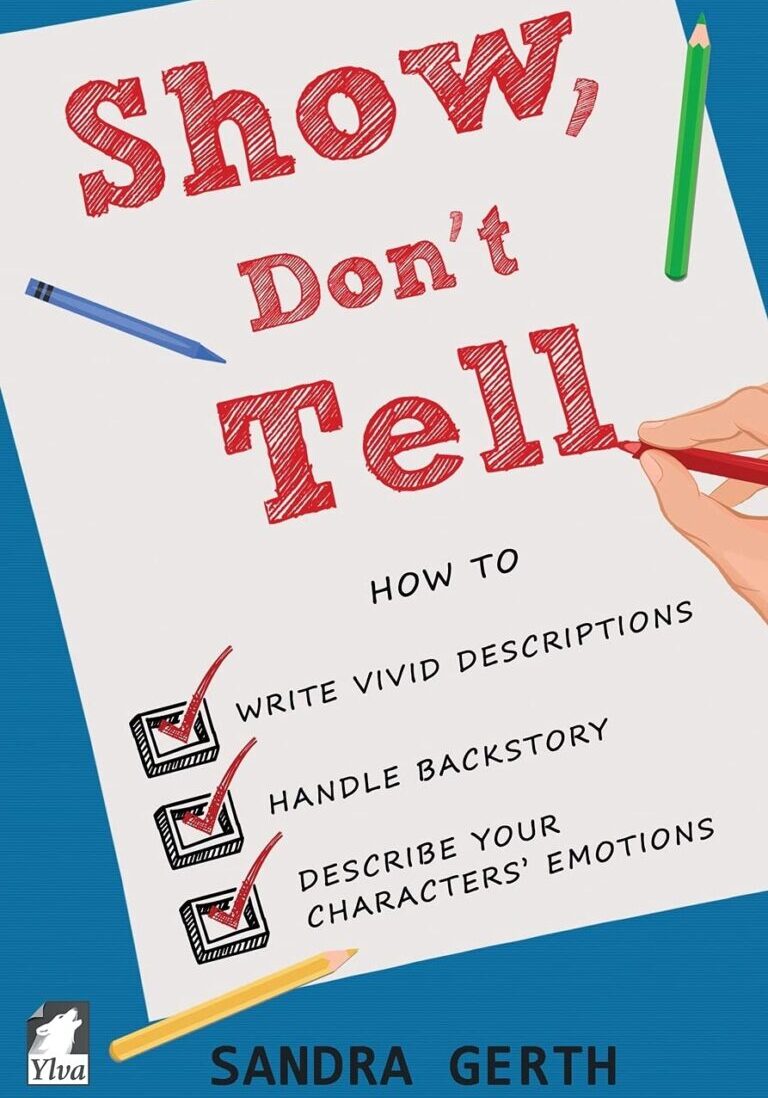
Show Don’T Tell by Sandra Gerth
Our Summary
Defines and illustrates the strategy. Explains the importance, art and limit of showing; also lists the uses of telling. Offers exercises and proposes solutions for some of them.
What I learned From It
I learned that 'telling' comes naturally to me but 'showing' much less so. This book is one I return to time and time again while I'm revising what I've written.
Jeanette
[maxbutton id="1" url="https://amzn.to/3sEIUzh" ]
[maxbutton id="2" url="https://amzn.to/3sO8Fgp" ]
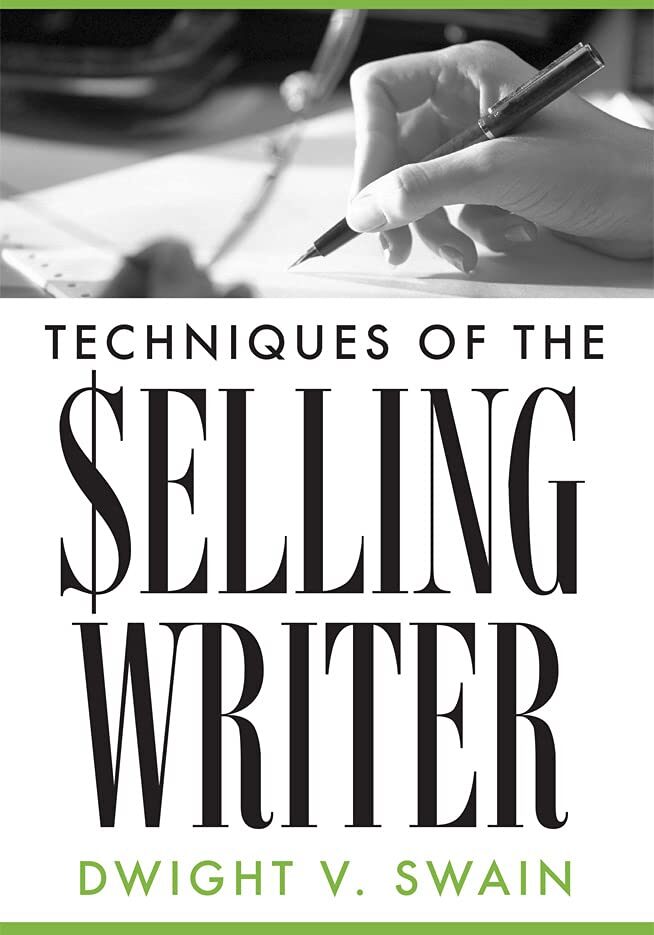
Techniques Of The Selling Writer by Dwight V. Swain
Our Summary
First published in 1965, Swain's book is a no-nonsense, broad-brush instruction manual for beginners that shows you how to construct a commercial story.
What I learned From It
The basic shape of commercial fiction (and how unchanging that shape has been for more than half a century). Every other writing manual I've ever read has felt like a retelling or offshoot of this book.
Rich.
[maxbutton id="1" url="https://amzn.to/47nnrtN" ]
[maxbutton id="2" url="https://amzn.to/49MnEbr" ]
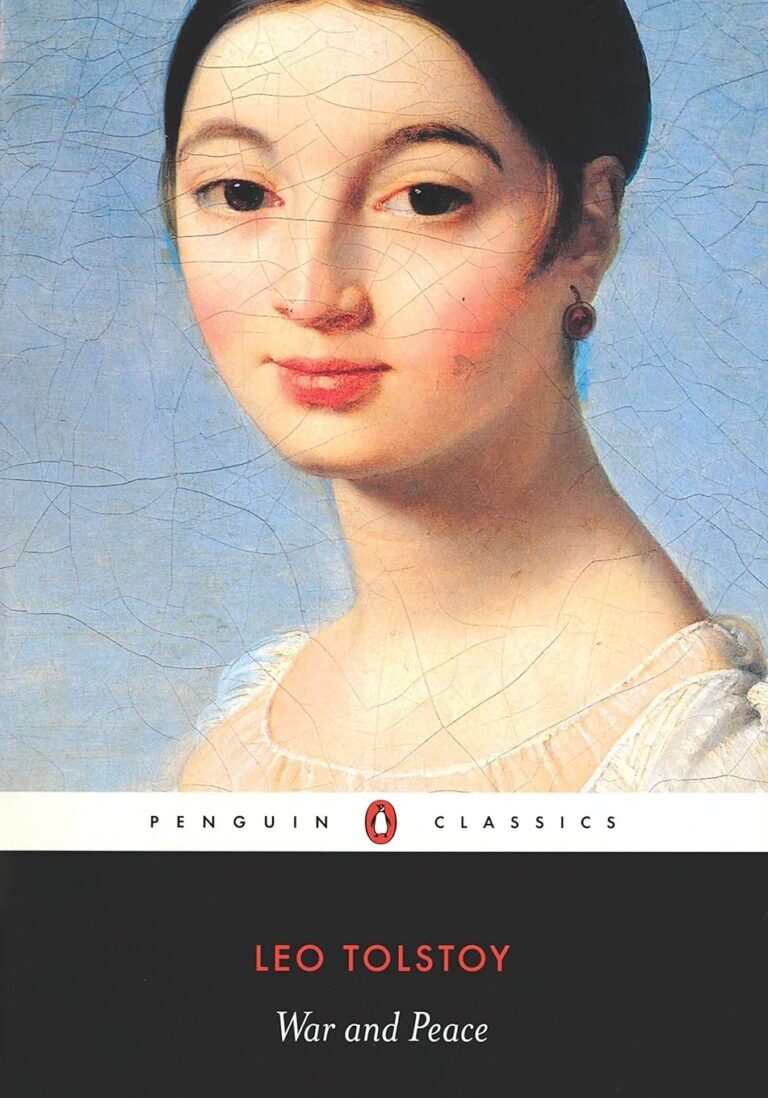
War And Peace by Leo Tolstoy (Translated by Anthony Briggs)
Our Summary
Napoleon has a bad idea and the lives of three young people in St Petersburg are changed forever.
What I learned From It
What it means to be human.
Rich.
[maxbutton id="1" url="https://amzn.to/47q8DKR" ]
[maxbutton id="2" url="https://amzn.to/3MVOfZO" ]
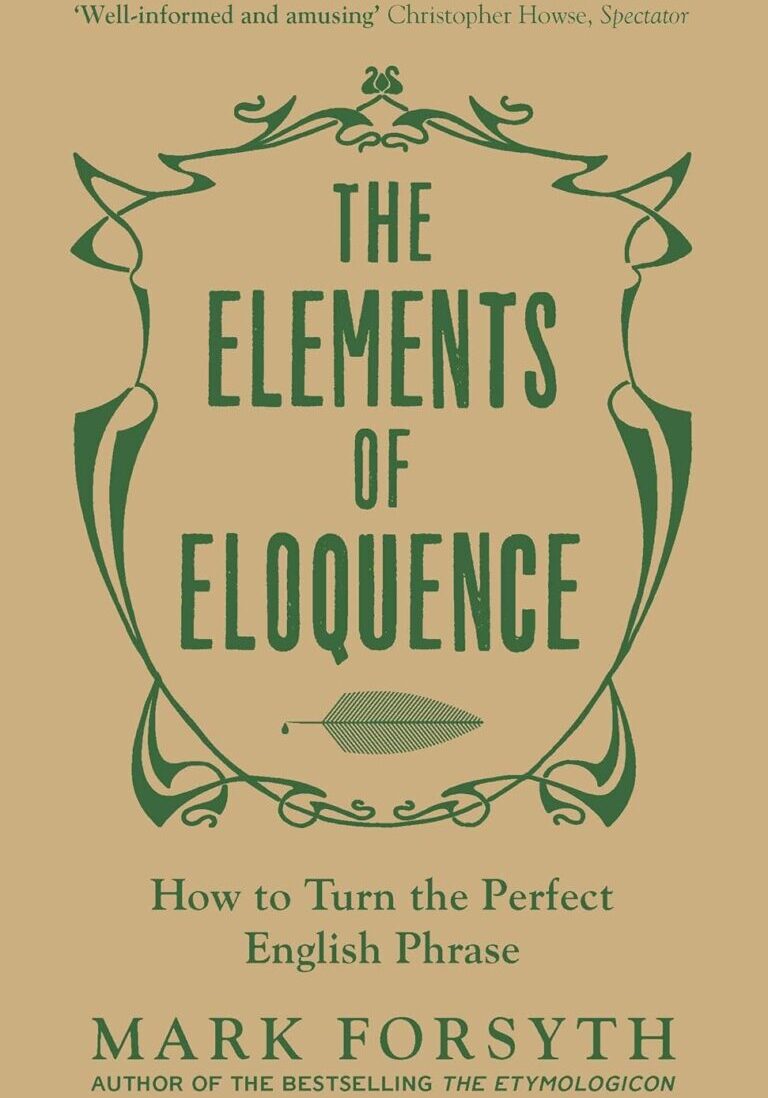
The Elements Of Eloquence: Secrets Of The Perfect Turn Of Phrase by Mark Forsyth
Our Summary
This is a book with a clear message (from the blurb): In an age unhealthily obsessed with the power of substance, this is a book that highlights the importance of style.
What I learned From It
About thirty chapters each dedicated to a rhetorical figure. The book is a fun read and has plenty of examples from The Bible, Shakespeare and Tupac ( "Money don't make the man, but man I'm making money")
JohnBertel
[maxbutton id="1" url="https://amzn.to/49IxFXf" ]
[maxbutton id="2" url="https://amzn.to/49MyLB7" ]
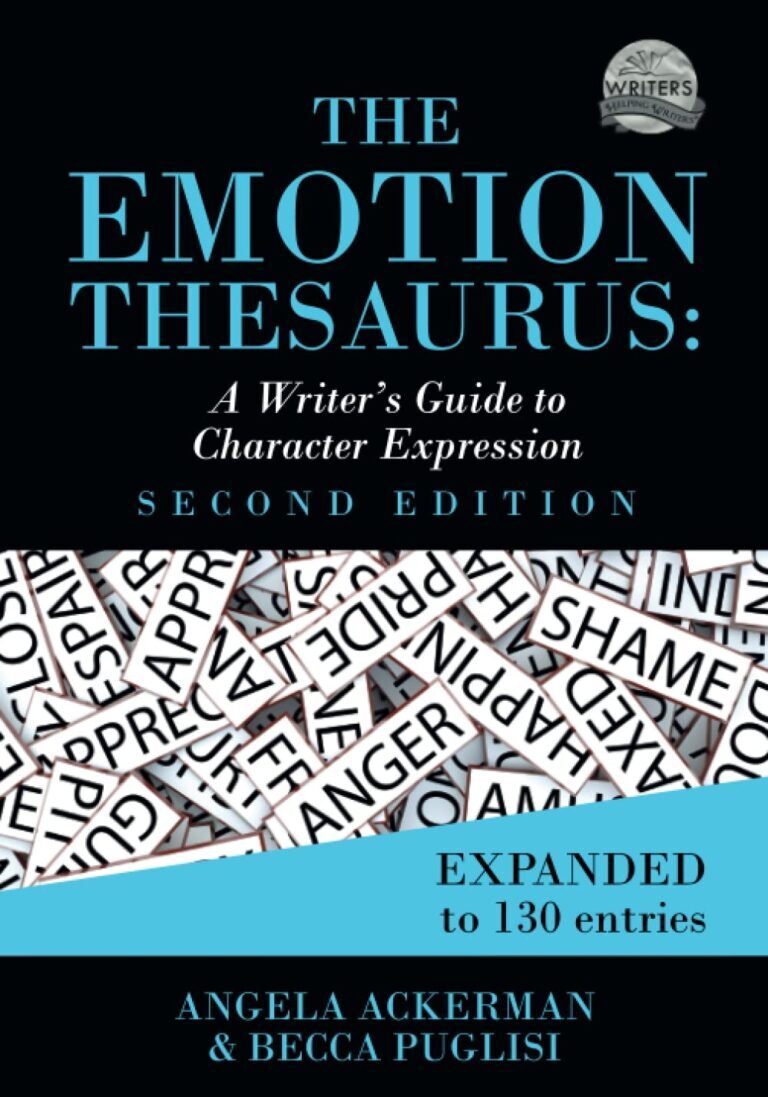
The Emotion Thesaurus by Angela Ackerman And Becca Puglisi
Our Summary
A great one to dip in and out of if you find yourself repeating yourself in terms of showing-not-telling emotions. Gives lots of examples.
What I learned From It
Ideas to avoid repetition and alternative ways to say the same things if emotional reactions are repeated through the story.
Claire G
[maxbutton id="1" url="https://amzn.to/3RcCK2A" ]
[maxbutton id="2" url="https://amzn.to/46tYtYm" ]
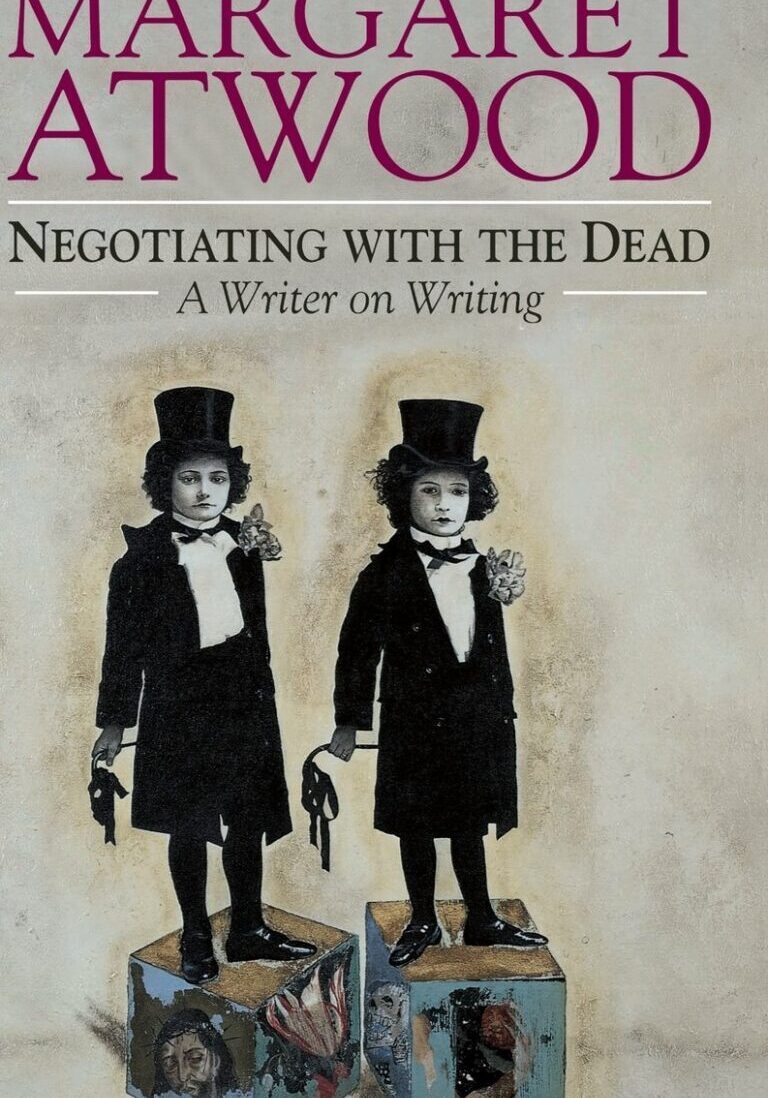
Negotiating With The Dead by Margaret Atwood
Our Summary
A collection of essays by a renowned writer on aspects of writing theory and how she became a writer. Entertaining and informative especially if you are already an Atwood fan.
What I learned From It
This isn't a 'how to write' book - it is about 'writing' in a far more general sense. It gave me plenty of food for thought.
Liz Brown
[maxbutton id="1" url="https://amzn.to/3uuCzXL" ]
[maxbutton id="2" url="https://amzn.to/47p1R7T" ]
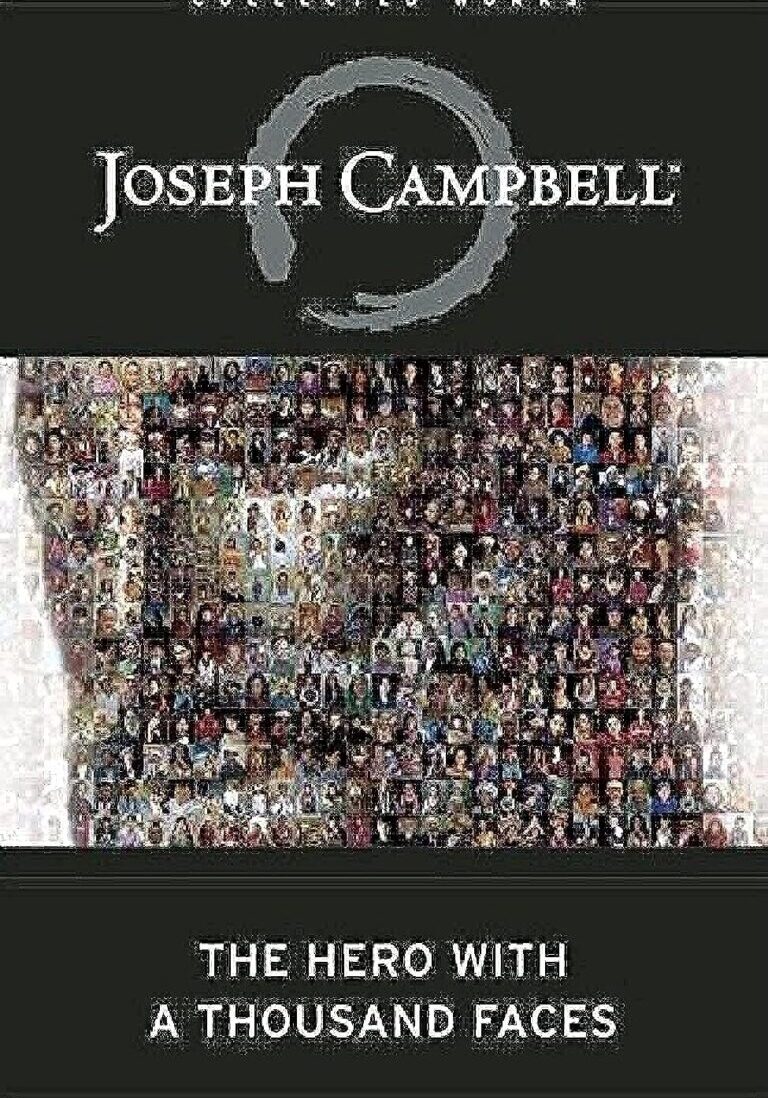
The Hero With A Thousand Faces by Joseph Campbell
Our Summary
First published in 1949, this dense, sometimes impenetrable, and somewhat controversial book on comparative mythology takes a tour through world folklore to tease out common themes and archetypes.
What I learned From It
What George Lucas was thinking when he wrote Star Wars. If you want to understand Hollywood's obsession with this mode of storytelling, you should read this book. If you've heard other writers talk/evangelize/fret about the "Hero's Journey" and you're not exactly sure what they're talking about, you should read this book. If you have even the most passing interest in commercial Western storytelling, you should read this book. Also see "The Writer's Journey" by Christopher Vogler.
Rich.
[maxbutton id="1" url="https://amzn.to/3MSV5PG" ]
[maxbutton id="2" url="https://amzn.to/46uzOTx" ]
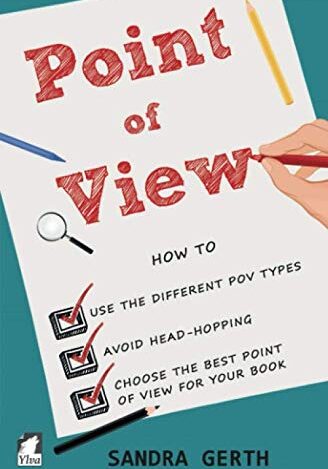
Point Of View by Sandra Gerth
Our Summary
A clear, informative guide to the different types of POV with tips on choosing the best POV for your own manuscript. Offers exercises focused either on your work in progress or on a published book.
What I learned From It
I saw how to mix some POV, how and why to avoid head-hopping and picked up tips on internal monologue.
Jeanette
[maxbutton id="1" url="https://amzn.to/3GcXzol" ]
[maxbutton id="2" url="https://amzn.to/3sMdJSx" ]
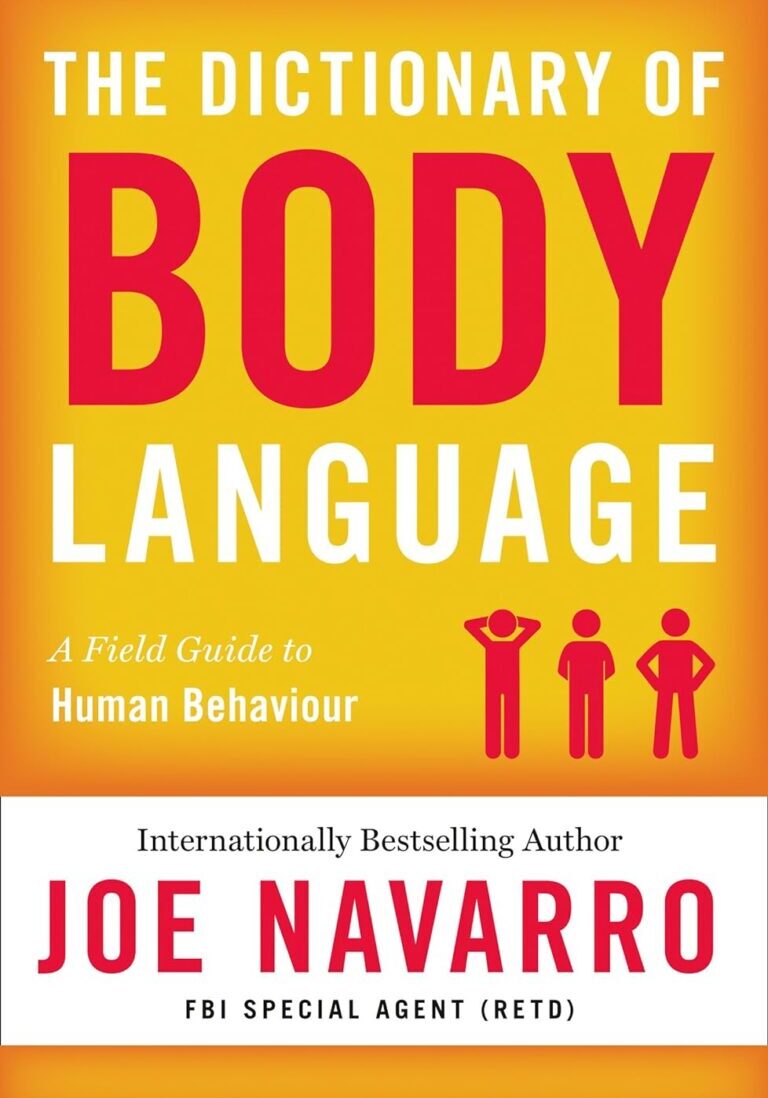
The Dictionary Of Body Language by Joe Navarro
Our Summary
Not a writing book per say, but an invaluable text for writers. That is, it's dictionary structure means you can flick to a section and read about a specific body part you want to write about and read authentic body language positions/movements, etc. for each character. For example, you might might want to write about a character's eye, head, hand, etc. movement, the text allows you to learn authentic, non-cliched body language. Written by a ex-FBI agent, it is easy to read and invaluable for adding layers of authentic 'show' to characters. Works well with Navarro's first book What Every Body is Saying (a more detailed account of body language with illustrations).
What I learned From It
Genuine body language that can be adapted to different characters for accurate emotion and thus characterisation. Rather than relying on the usual cliches in body language for characters, this book elevates and authenticates body language, movement, and thus emotion that 'shows' rather than 'tells' the reader in a believable manner. Easy to use both via the chapter headings and the detailed index to research each different part of the body. This is one book I would not be without as a writer.
Rachael Burnett
[maxbutton id="1" url="https://amzn.to/47FXKVv" ]
[maxbutton id="2" url="https://amzn.to/3RmatXH" ]
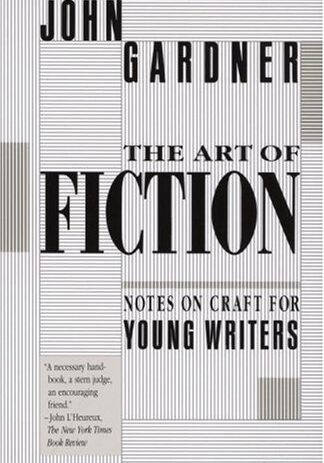
The Art Of Fiction by John Gardner
Our Summary
This is a self-proclaimed book of basics, but Gardner is clearly elitist; this work is aimed at writers aspiring to create art. It covers plot, character, sentence structure, poetic rhythm - all the mechanics of writing fiction - but he's less interested in dictating laws of good writing. "Every true work of art," Gardner claims, "must be judged primarily by its own laws." His primary interest is about how to create a vivid dream to absorb the reader to the end of the story.
What I learned From It
This book is disorganised, but full of important lessons. There is no story until there is a plot capable of expressing it. The primary requirement of a piece of fiction is verisimilitude - that the reader can believe these events happened, or could have happened, or might happen in a slightly different world. And verisimilitude requires vivid detail. Most importantly it taught me to focus less on the technical details of correct writing and more on making the writing vivid and absorbing.
Dan Payne
[maxbutton id="1" url="https://amzn.to/3QQbXYC" ]
[maxbutton id="2" url="https://amzn.to/3R9OeE7" ]
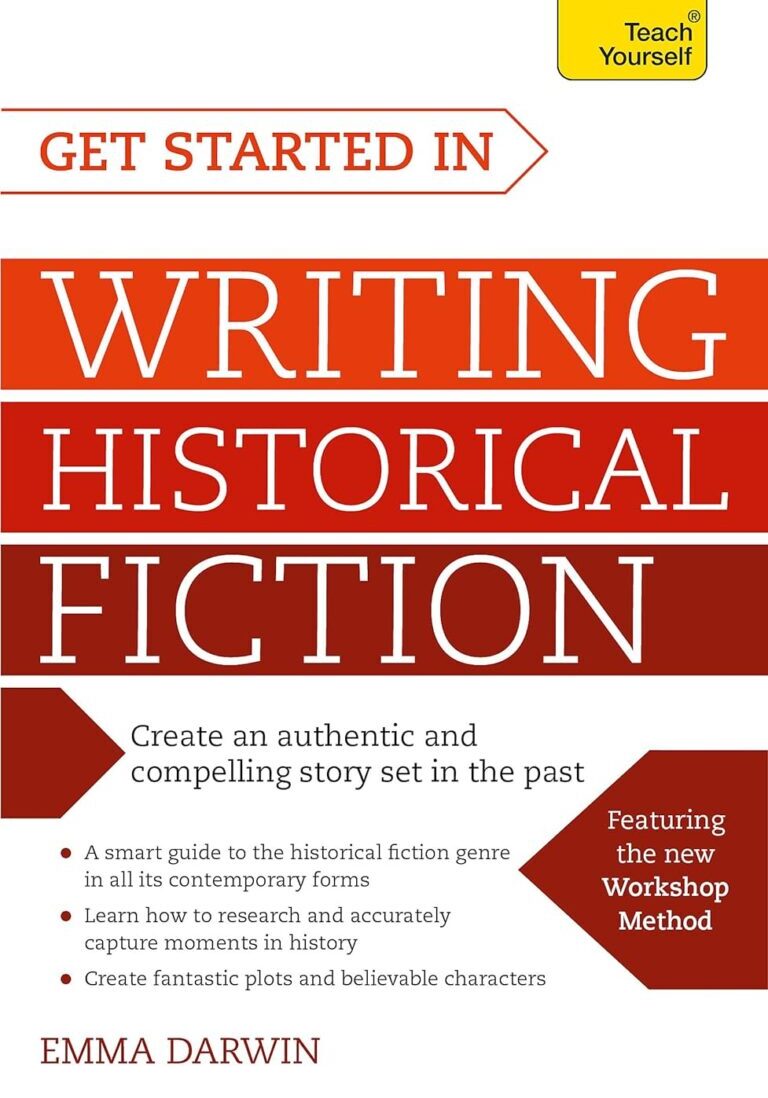
Writing Historical Fiction by Emma Darwin
Our Summary
A beginners' guide to writing historical fiction which draws on the material in her coaching sessions and lectures: characters, plot structure, research, using your senses to recreate the past and psychic distance. There are plenty of examples and exercises.
What I learned From It
I still dip into this book if I'm stuck in my writing or need some inspiration. It's practical rather than theoretical which works for me.
Liz Brown
[maxbutton id="1" url="https://amzn.to/3STBvqs" ]
[maxbutton id="2" url="https://amzn.to/46unu5N" ]
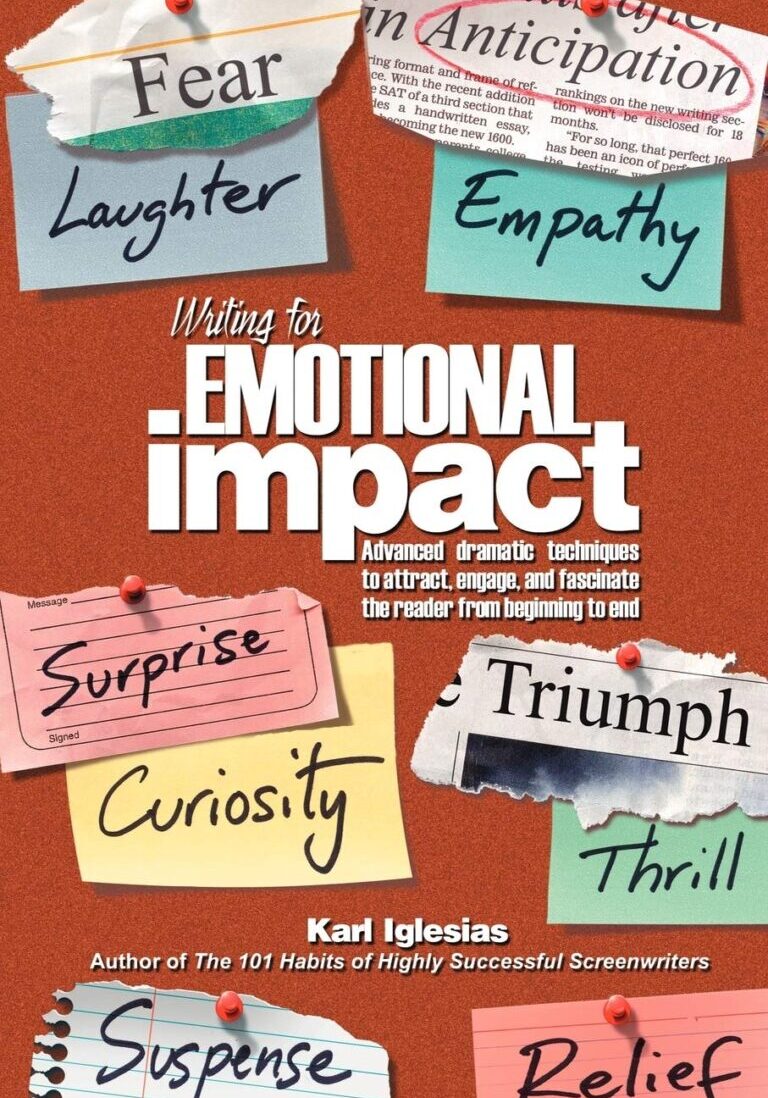
Writing for Emotional Impact by Karl Iglesias
Our Summary
It delves into the psychology of the reader and techniques to create emotional scenes within your storytelling, including in dialogue.
What I Learned From It
This author's way of teaching the craft really chimes with me. It's quite an expensive book but worth it in my opinion. For me, this book takes me into a layer above plot and structure.
Hannah F
[maxbutton id="1" url="https://amzn.to/47N7jRN" ]
[maxbutton id="2" url="https://amzn.to/49QTT9e" ]
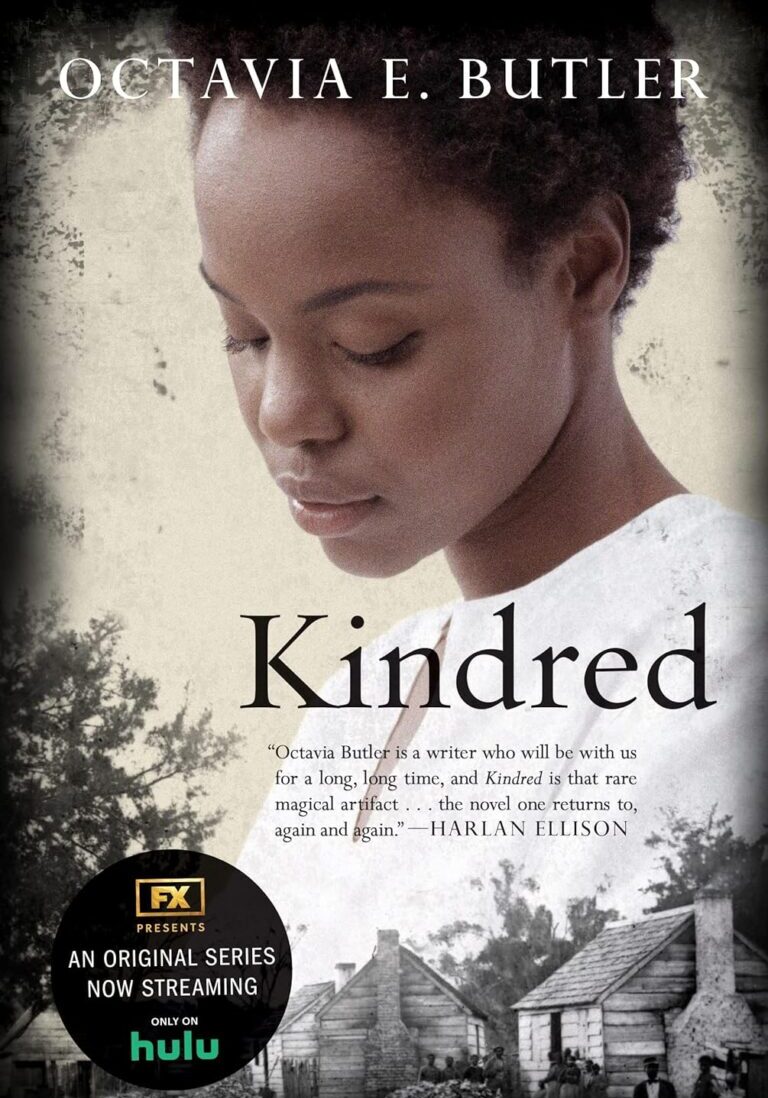
Kindred by Octavia Butler
Our Summary
Despite being written 45 years ago, it feels like a modern work. It’s at once Sci-Fi, Fantasy, Speculative, and even Literary. Everything a writer needs to know about sparse and impactful prose can be found in these pages.
What I Learned From It
Pithy writing has power. Take a look at the first paragraph…
“I lost an arm on my last trip home. My left arm.”
We don’t know why Dana lost her left arm - or where she was when it happened. However, most of us would keep on reading to find out.
The minimalist approach doesn’t end with the hook. Throughout the novel, the writing is direct and matter-of-fact. There’s no purple prose to distract the reader.
Butler's worldbuilding is likewise utilitarian. She sets the stage with everything we need to know, and little else. If something more is needed to move a scene forward, she’ll drop it in later so readers aren't overwhelmed.
There is brutality in this world, and Kindred doesn’t shy away from it. Slavery in the US was a cruel business. Still, she conveys the humiliation and suffering of human bondage with an economy of words. There’s no need for intricate detail.
There’s also no need to explain why slavery is wrong. Butler trusts her readers enough not to lecture them.
The author falls into a common conceit of the era - chapter titles. However, she doesn’t abuse that conceit. Each title is short and to the point with neither wit nor irony. There are no spoilers, either. The meanings are clear upon finishing a respective chapter.
Kindred has both a prologue and an epilogue. Few books need one, and even fewer need both. However, this story demands both. There is nothing extraneous about their inclusion here. Unlike many novels, neither feels bolted on to the main narrative. The prologue hooks the reader while the epilogue provides the necessary denouement.
Not everyone agrees Kindred is Science Fiction. If it’s not, there's a lot here for Sci-Fi readers (including myself) to like. If it is Science Fiction, the characters and dialogue are much more realistic than most contemporary works.
Most importantly - this book remains relevant to readers and authors alike.
Bloo✒️
[maxbutton id="1" url="https://amzn.to/3sNpDvv" ]
[maxbutton id="2" url="https://amzn.to/3MY4VQc" ]
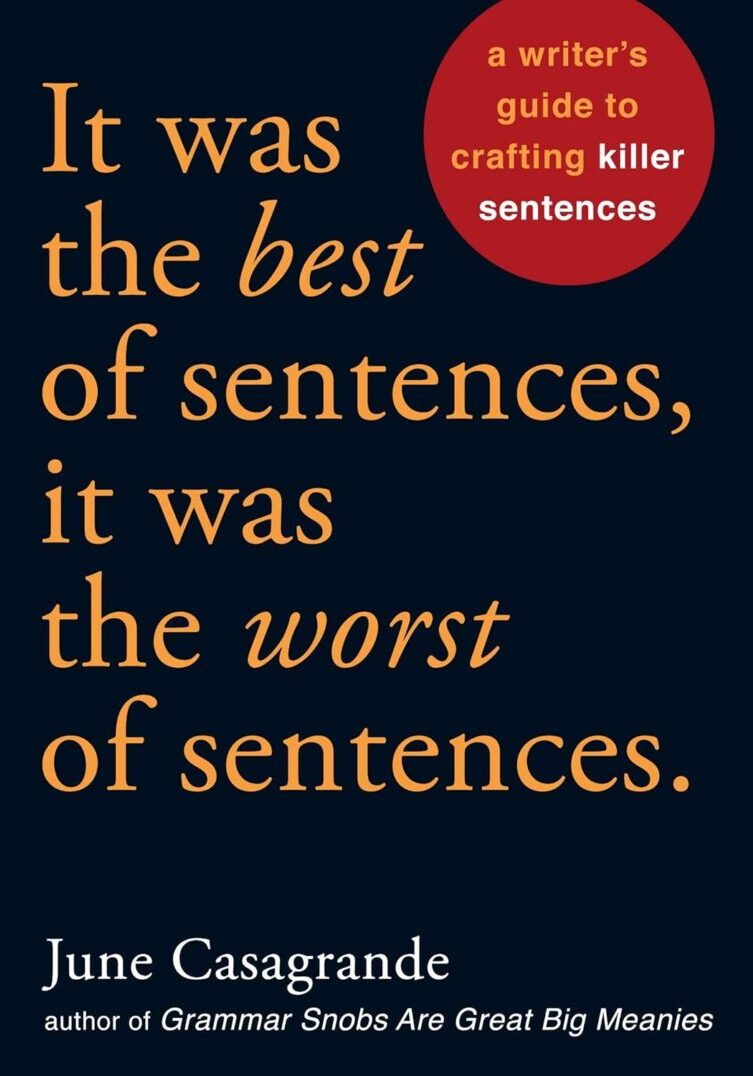
It Was The Best Of Sentences, It Was The Worst Of Sentences by June Casagrande
Our Summary
Gets into the line level of sentences and what order you need to put words so you can help a reader follow what you put down on paper (or computer). From phrases, clauses, subordination, long v short sentences tense, tense, prepositional phrases, danglers and much more. Perfect for reacquainting yourself with the nuts and bolts of grammar.
What I learned From It
I learnt how to consider what order words need to be in, and how writing them out of order confuses the reader. Now every sentence I construct considers the reader first.
RK Wallis
[maxbutton id="1" url="https://amzn.to/3Rcg02K" ]
[maxbutton id="2" url="https://amzn.to/3GaoP6S" ]
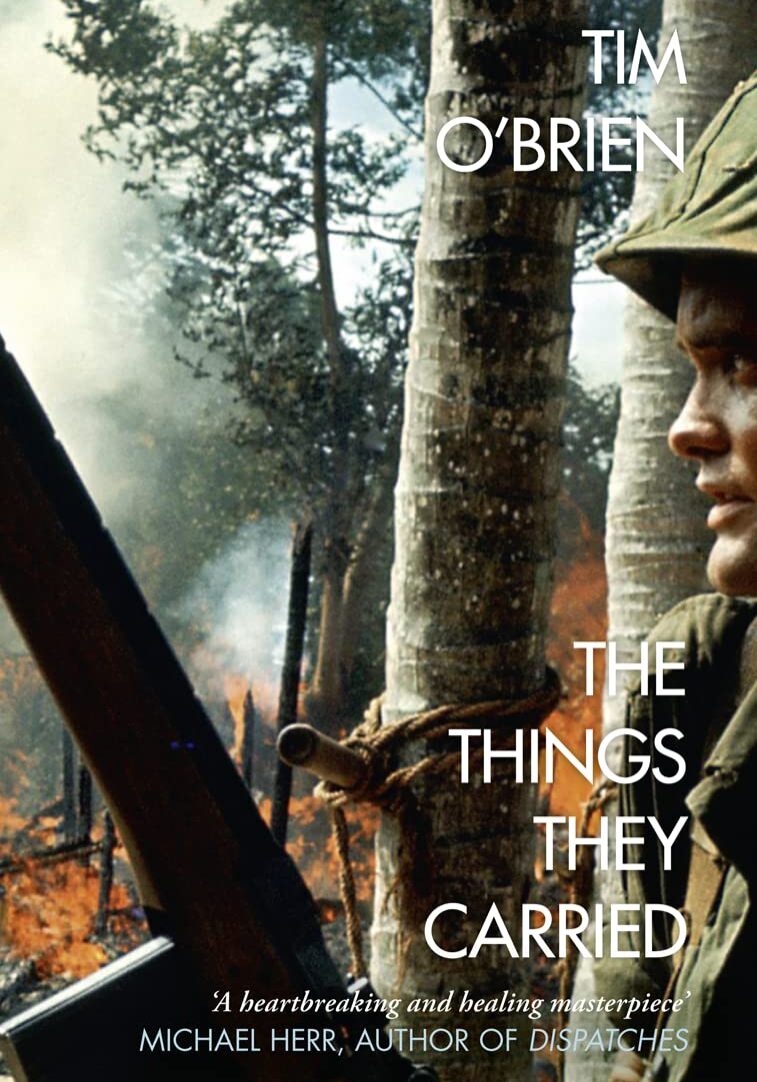
The Things They Carried by Tim O’Brien
Our Summary
a series of essays and short stories on the nature of story
What I learned From It
It does a great job of explaining the nature of truth in story. there's a great section which notes that the factually correct war story is not the really true one,
MattScho
[maxbutton id="1" url="https://amzn.to/3uA2rRH" ]
[maxbutton id="2" url="https://amzn.to/40T0KuL" ]
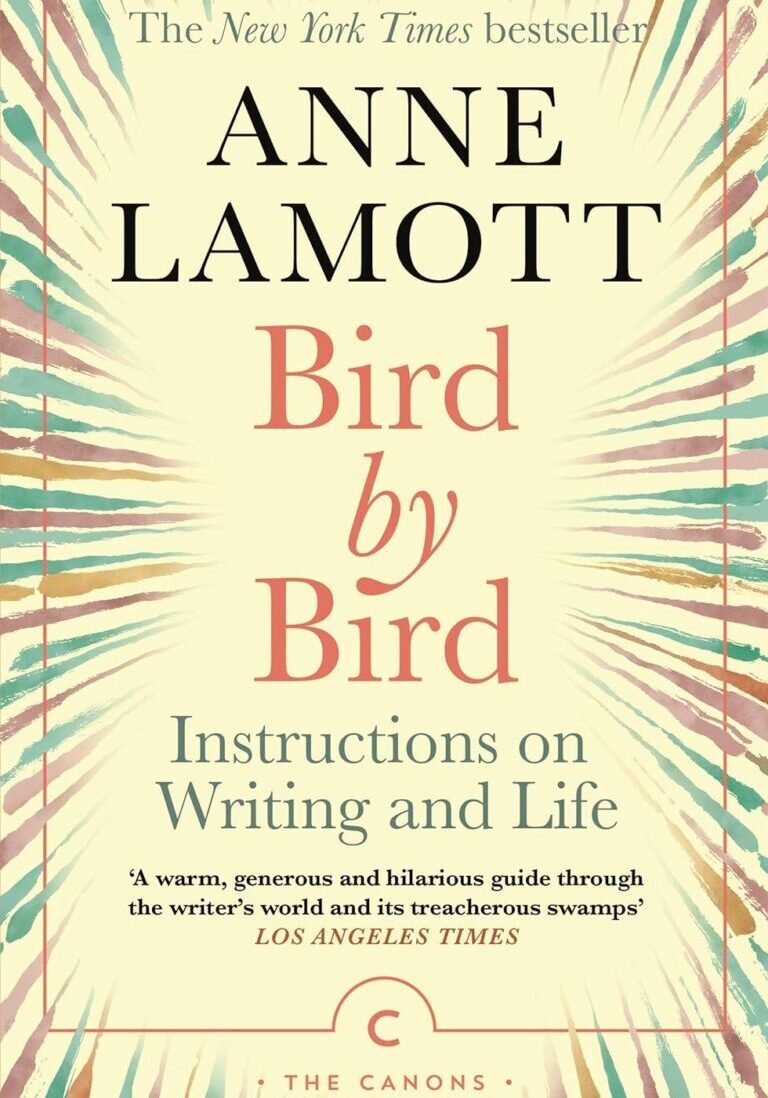
Bird by Bird by Anne Lamott
Our Summary
Down to earth advice, not so much about the craft per se as the practice (and pitfalls) of "being a writer".
What I learned From It
I'm actually still reading it, but so far I've got lots of encouragement from it. Her style is super informal and she has a wonderful dry wit, it's like a brilliant chat in the pub with someone who really knows their shit and you go away thinking, "yeah, I really can do this..."
Josephine
[maxbutton id="1" url="https://amzn.to/3Gdt2a0" ]
[maxbutton id="2" url="https://amzn.to/40Ytcf2" ]
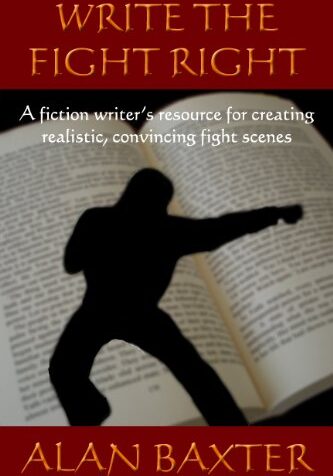
Write The Fight Right by Alan Baxter
Our Summary
Alan Baxter, a martial arts instructor and author, talks about what makes a good fight scene, and how to write rich scenes that are realistic and engaging for the reader. He discusses hand fighting in depth--techniques used, guarding and blocking, common injuries sustained in fighting, the consequences of a knockout. He explains how a smaller opponent must fight differently than a larger opponent. He discusses the sounds, smells, and yes, tastes of a fight. He discusses how the use of weapons affects the pace and outcome of a fight. Most importantly, he dives into the psychology of a fight--the effects of adrenaline, training, and experience on how people fight and how they react to a fight. All these details are explained in the context of how to convey the chaos and emotion of a fight on the page.
What I learned From It
I learned how to realistically give my characters challenging odds in fights. I also learned how to make a fight scene rich in detail without focusing on the blow-by-blow of a fight. Most importantly, I learned that the key to a fight is the emotional reactions of the characters--how the characters experience and emotionally process the fight is more important than the mechanics of the conflict itself. I also learned how to realistically address the aftermath of a fight--the broken hands, concussions, emotional turmoil--rather than have my characters bounce right back as though nothing happened.
Robinne Weiss
[maxbutton id="1" url="https://amzn.to/3STowVu" ]
[maxbutton id="2" url="https://amzn.to/3SUUCQT" ]

Story Genius by Lisa Cron
Our Summary
It’s every novelist’s greatest fear: pouring their blood, sweat, and tears into writing hundreds of pages only to realize that their story has no sense of urgency, no internal logic, and so is a page one rewrite.
What I learned From It
The prevailing wisdom in the writing community is that there are just two ways around this problem: pantsing (winging it) and plotting (focusing on the external plot). Story coach Lisa Cron has spent her career discovering why these methods don’t work and coming up with a powerful alternative, based on the science behind what our brains are wired to crave in every story we read (and it’s not what you think).
AnnieSummerlee
[maxbutton id="1" url="https://amzn.to/40SCokV" ]
[maxbutton id="2" url="https://amzn.to/3Rm3AFP" ]
Basic Membership Is Free.
Basic membership is sufficient for many writers.
Benefit from unlimited access to the Writing Lab for critiques using the Litopia® Method… Start your own writer’s blog on our powerful platform… And of course, maximum support from the oldest and friendliest community for writers on the ‘net.
Full Membership Is Only $149.95 For An Entire Year
Everything in Basic Membership plus unlimited access to all our writing seminars and unlimited access to our weekly live Writers’ Huddles for personal mentoring & coaching.
